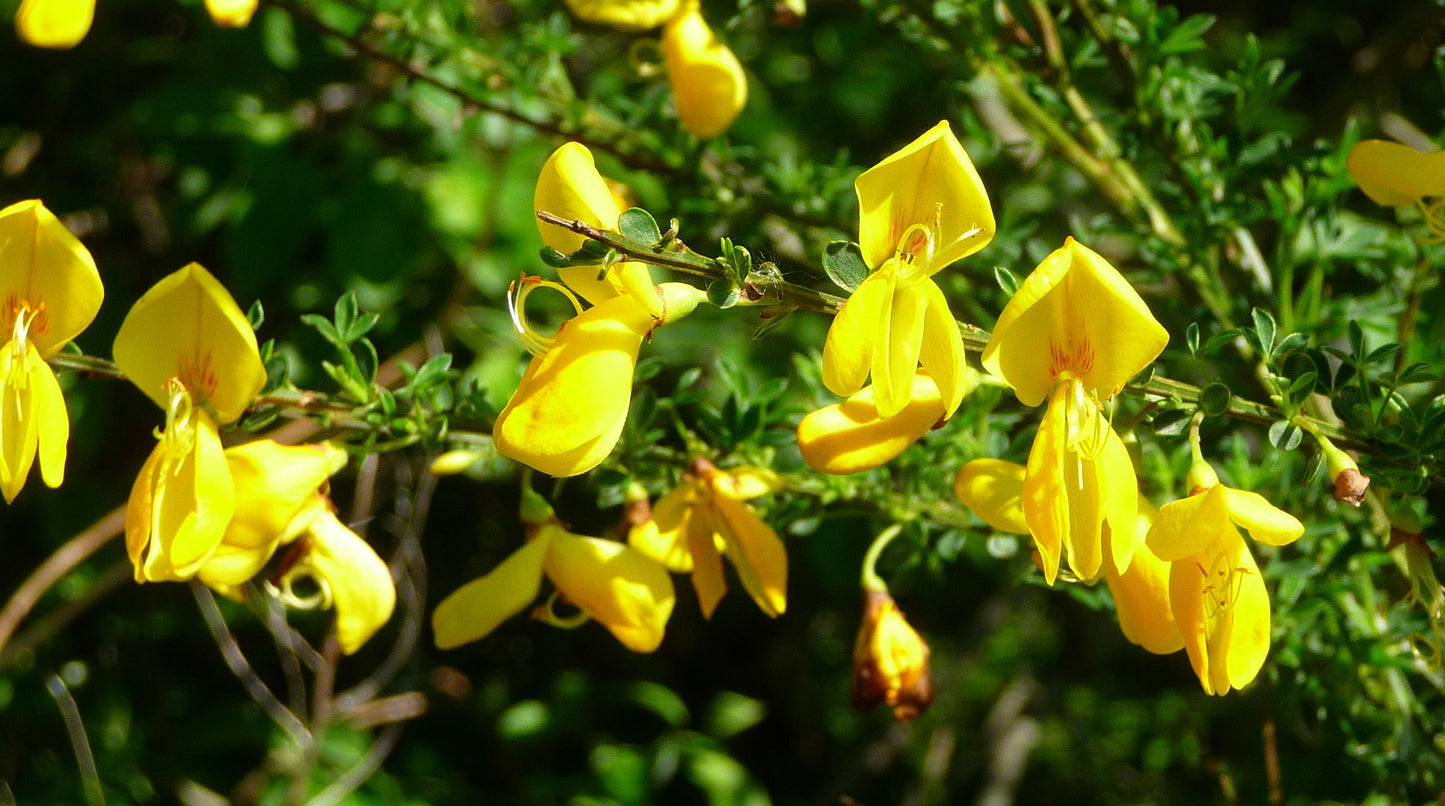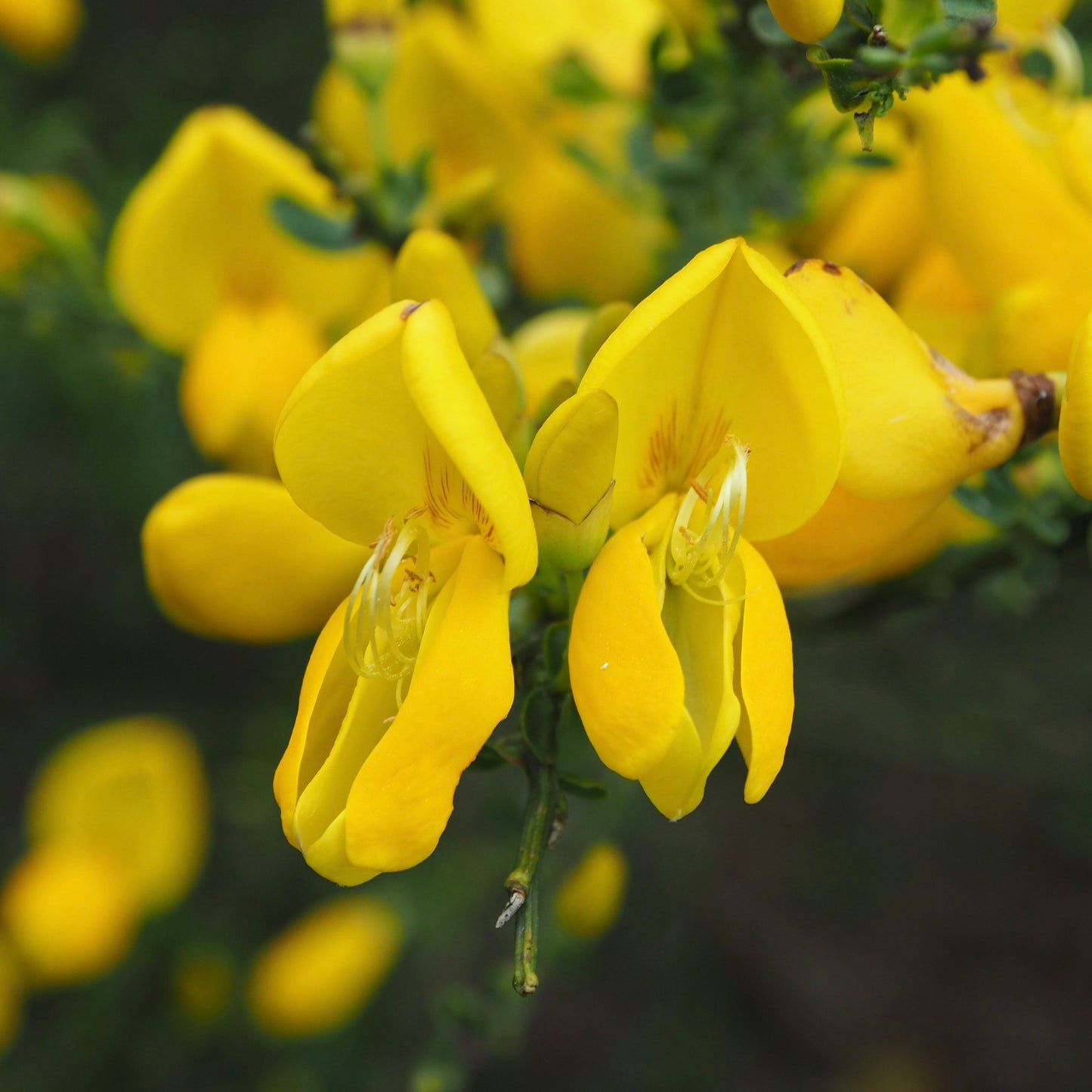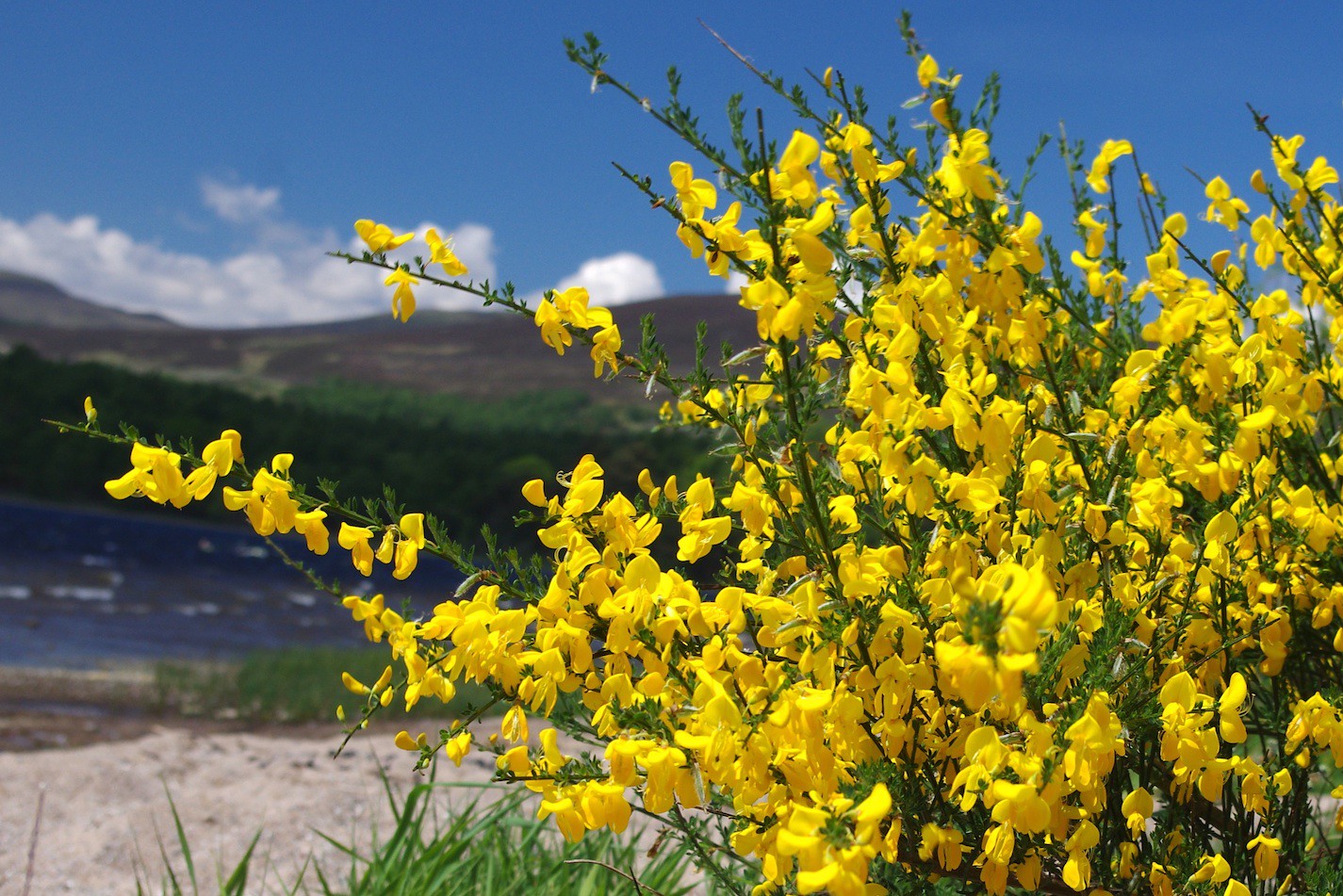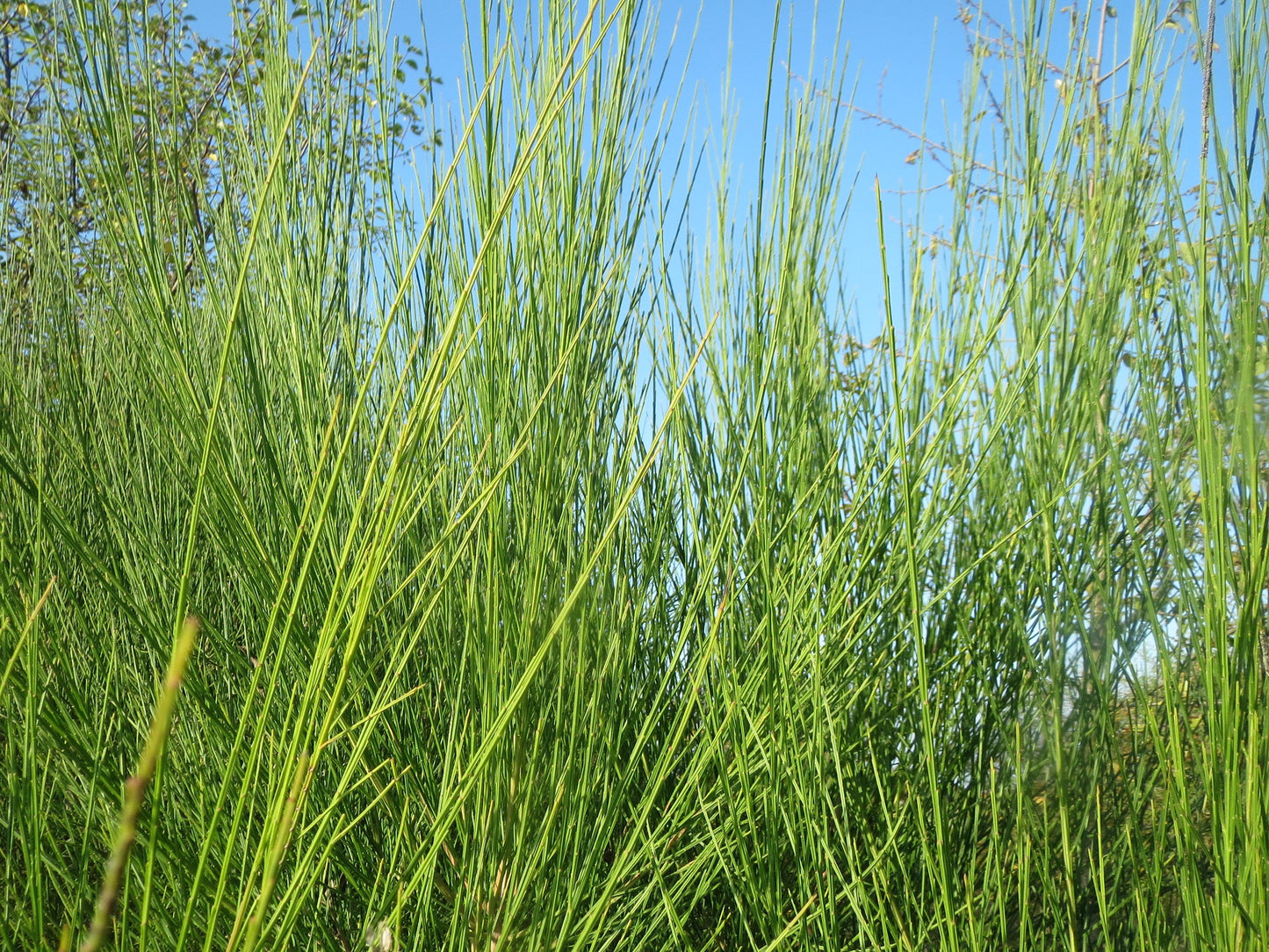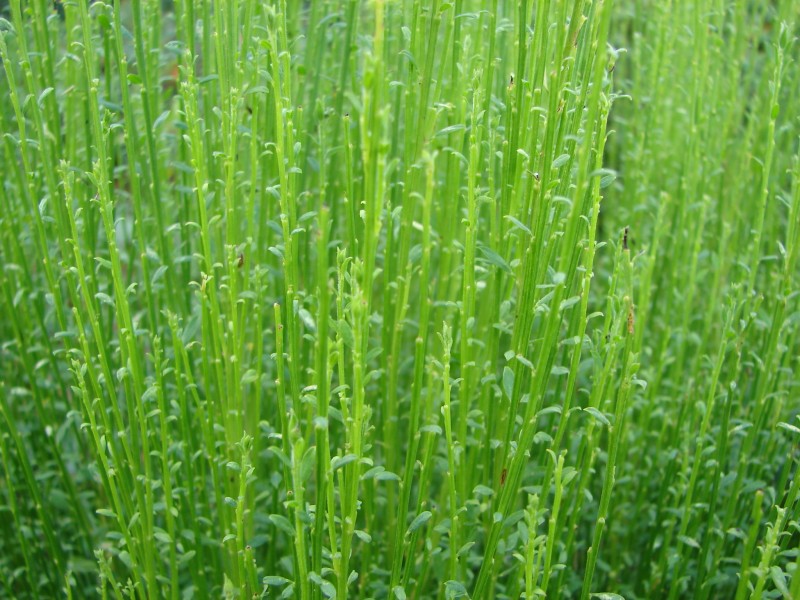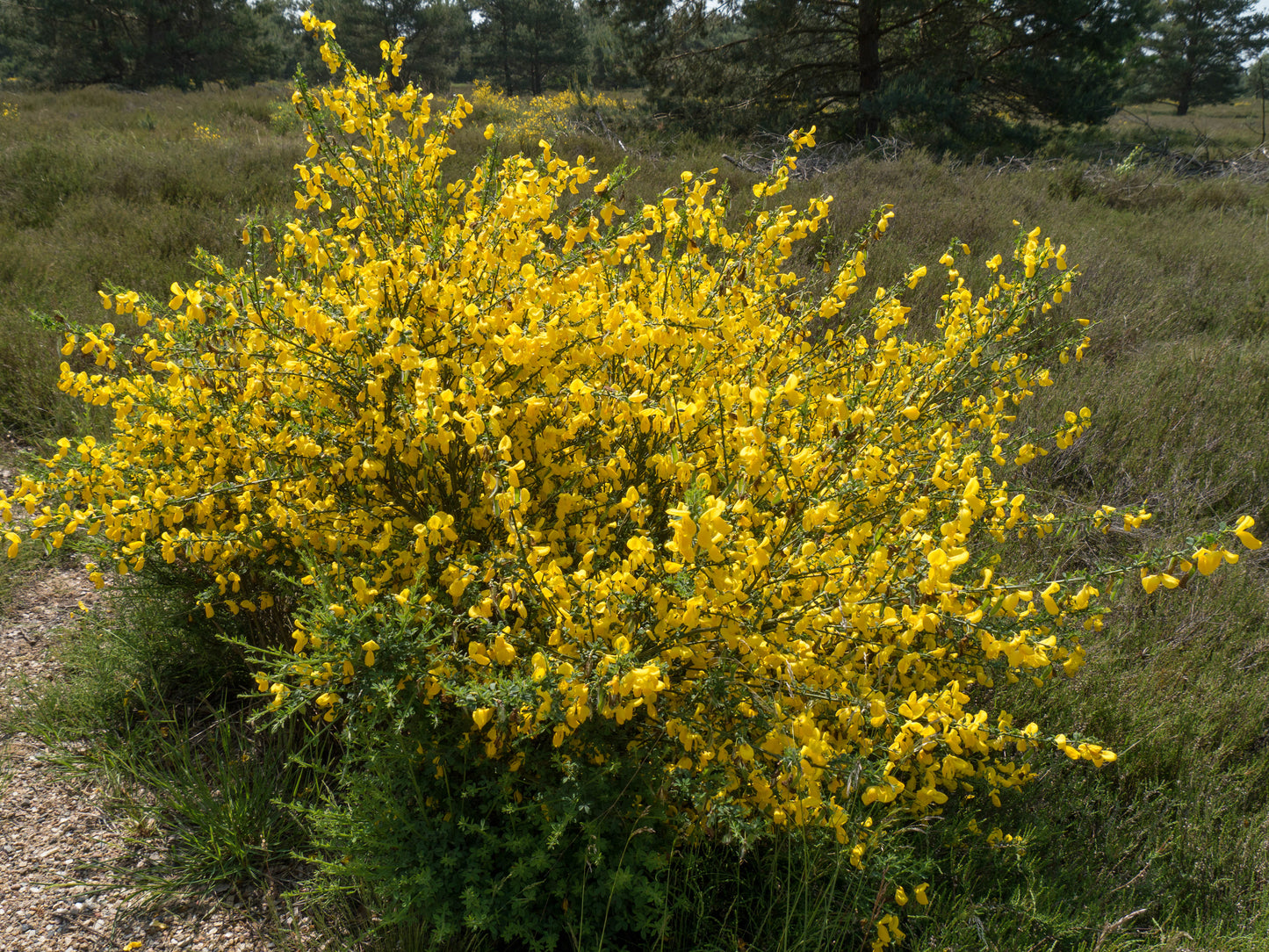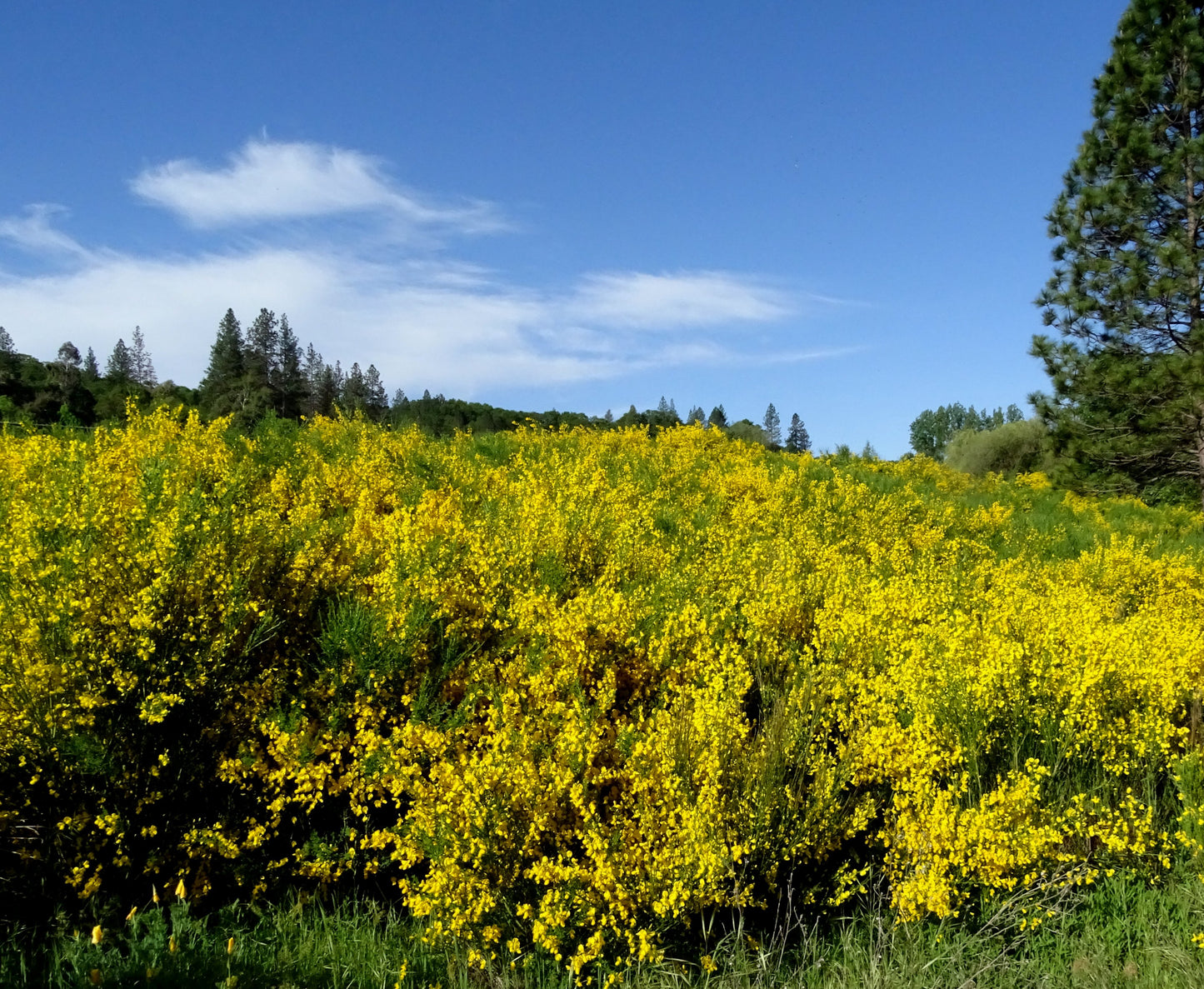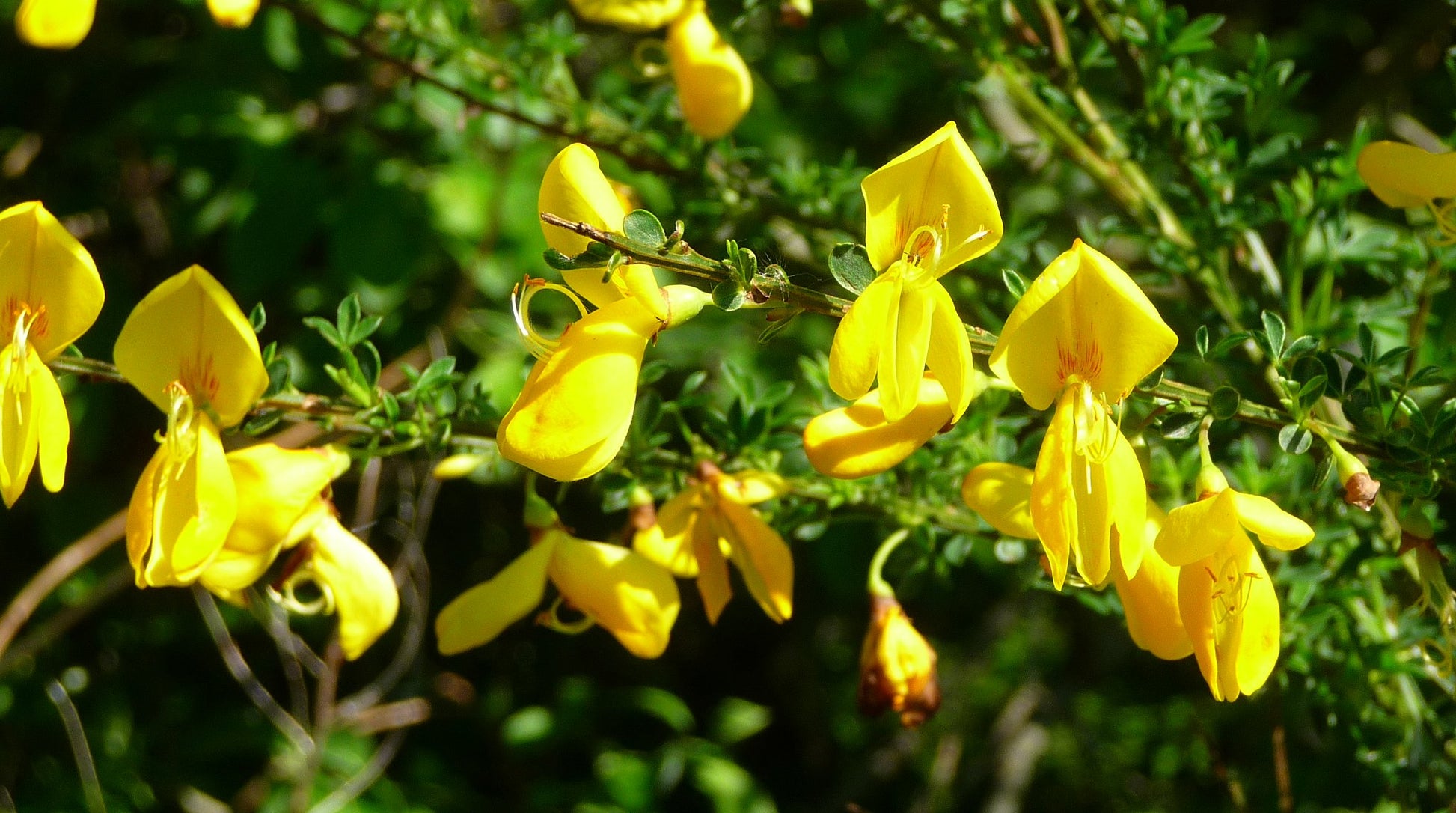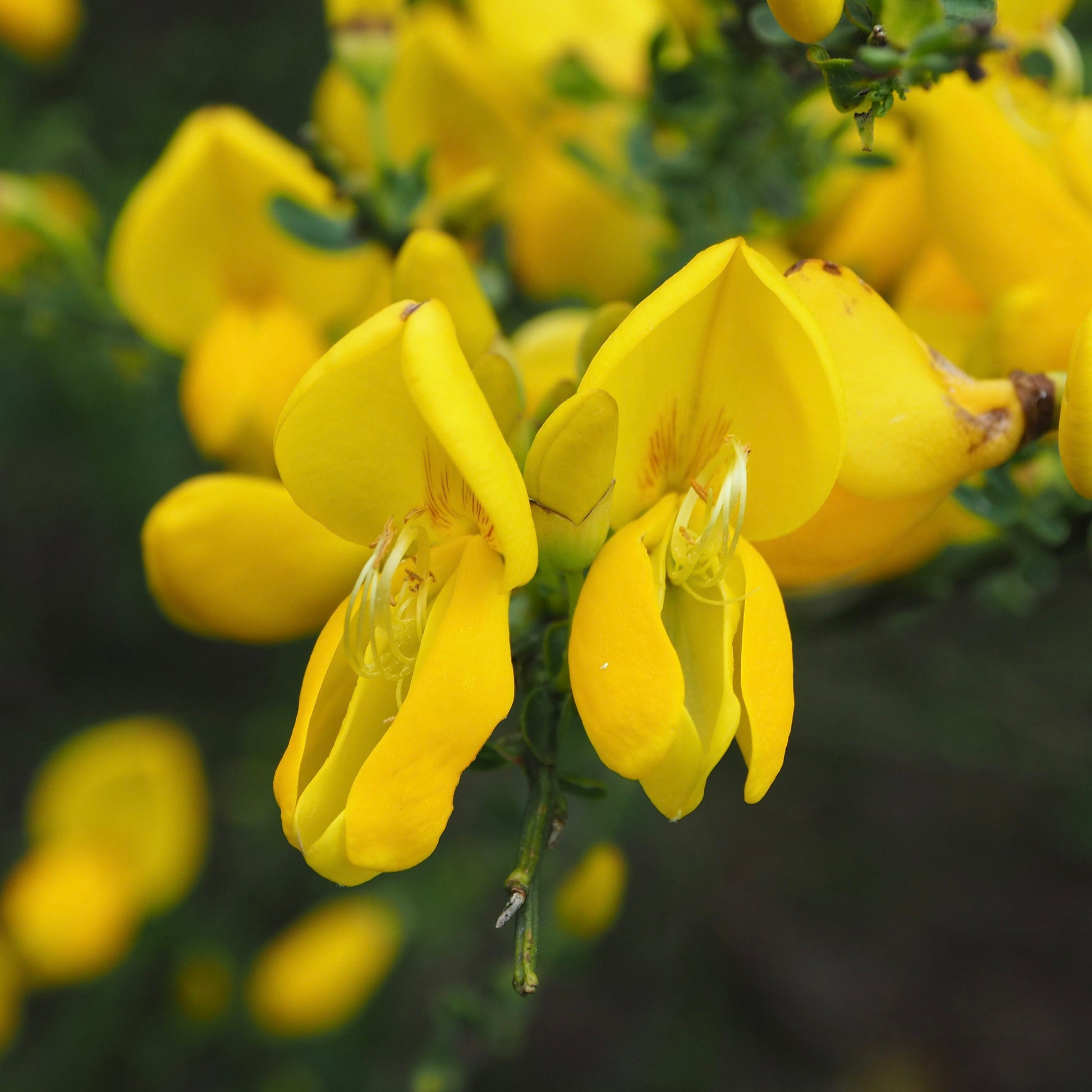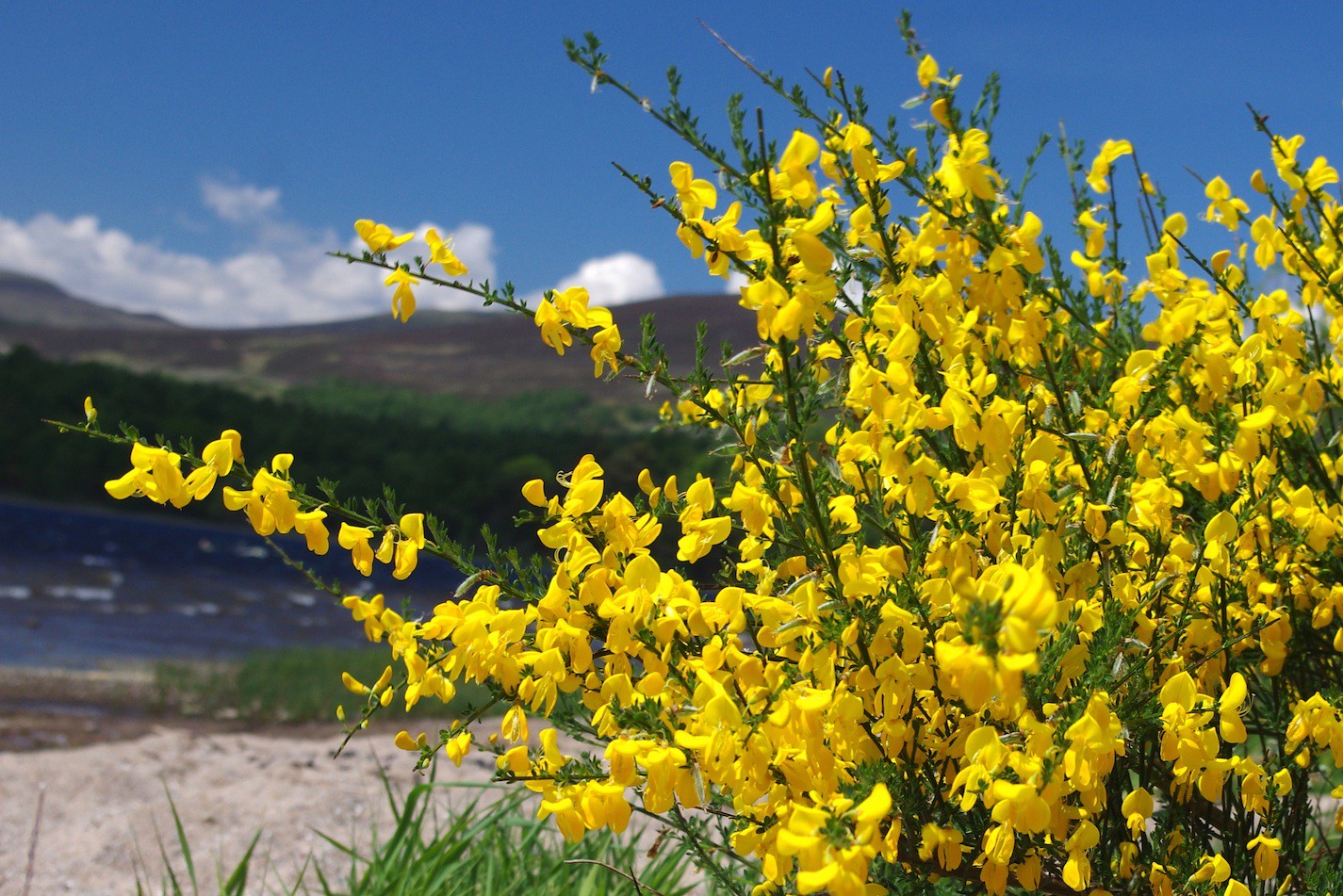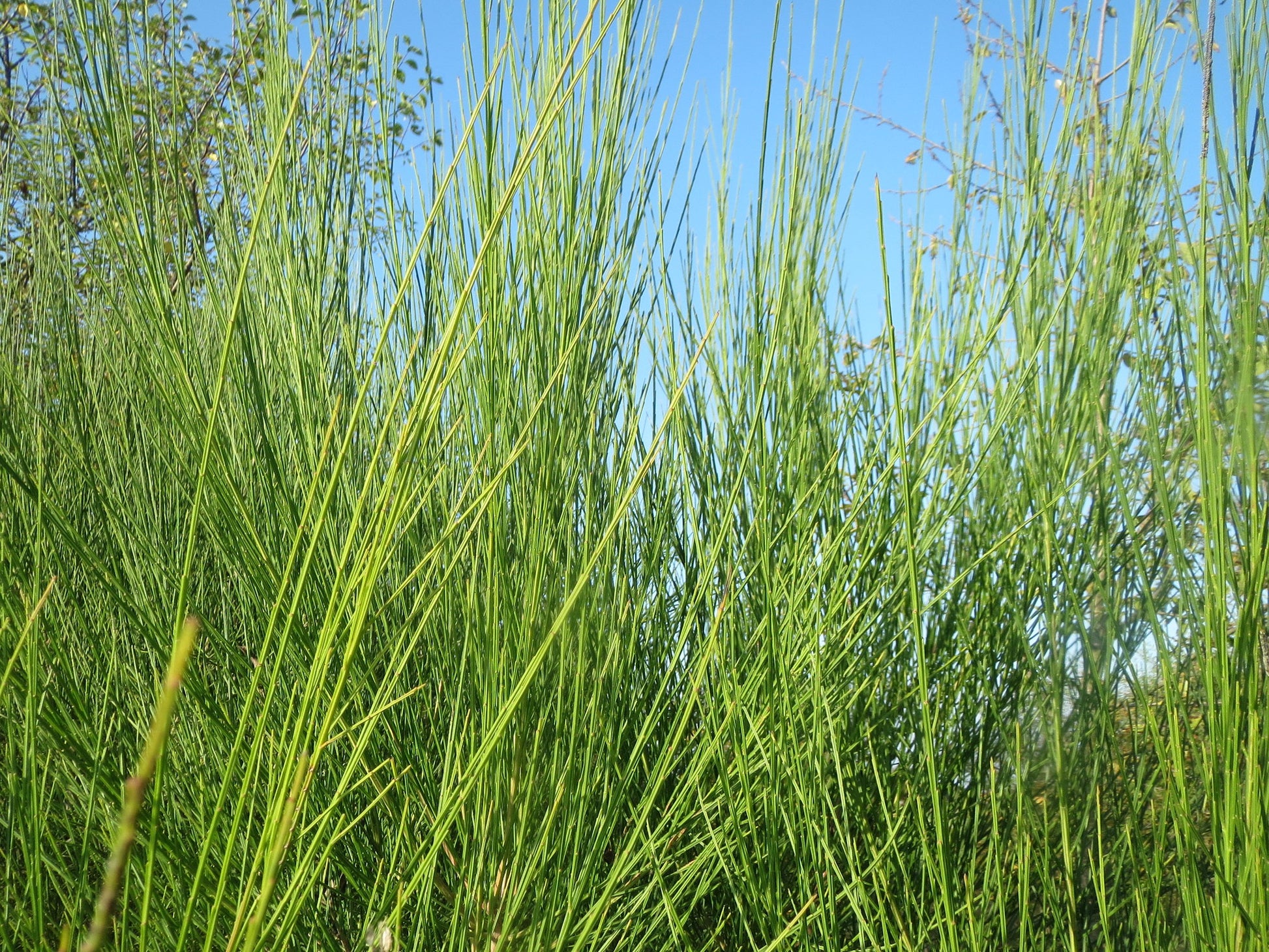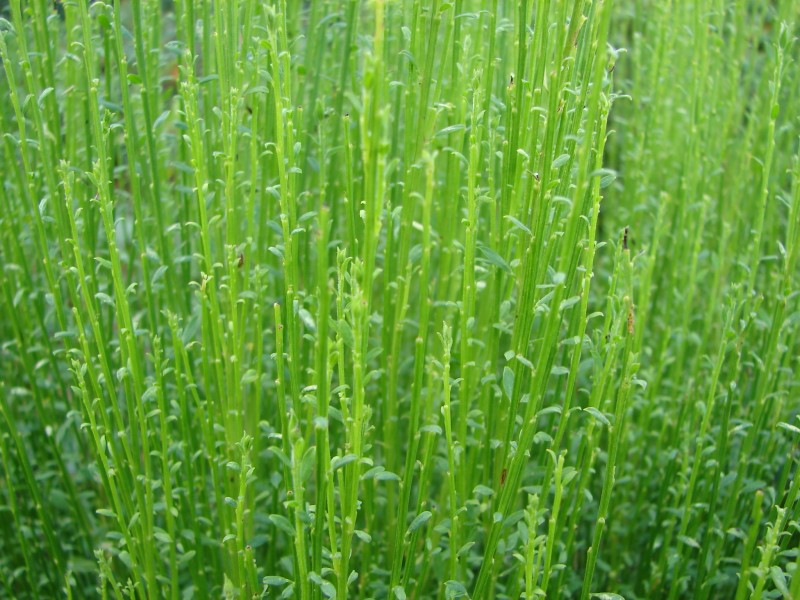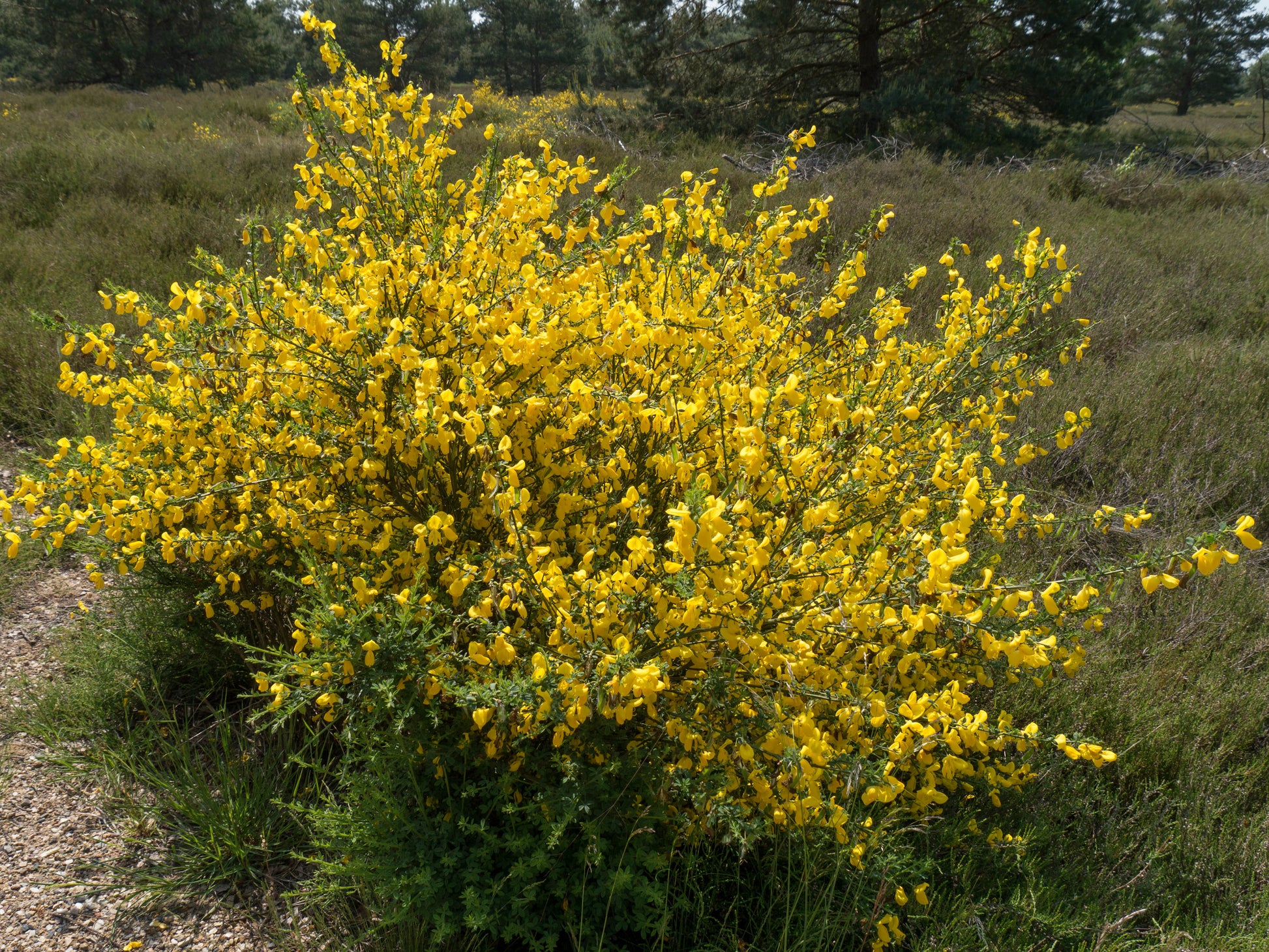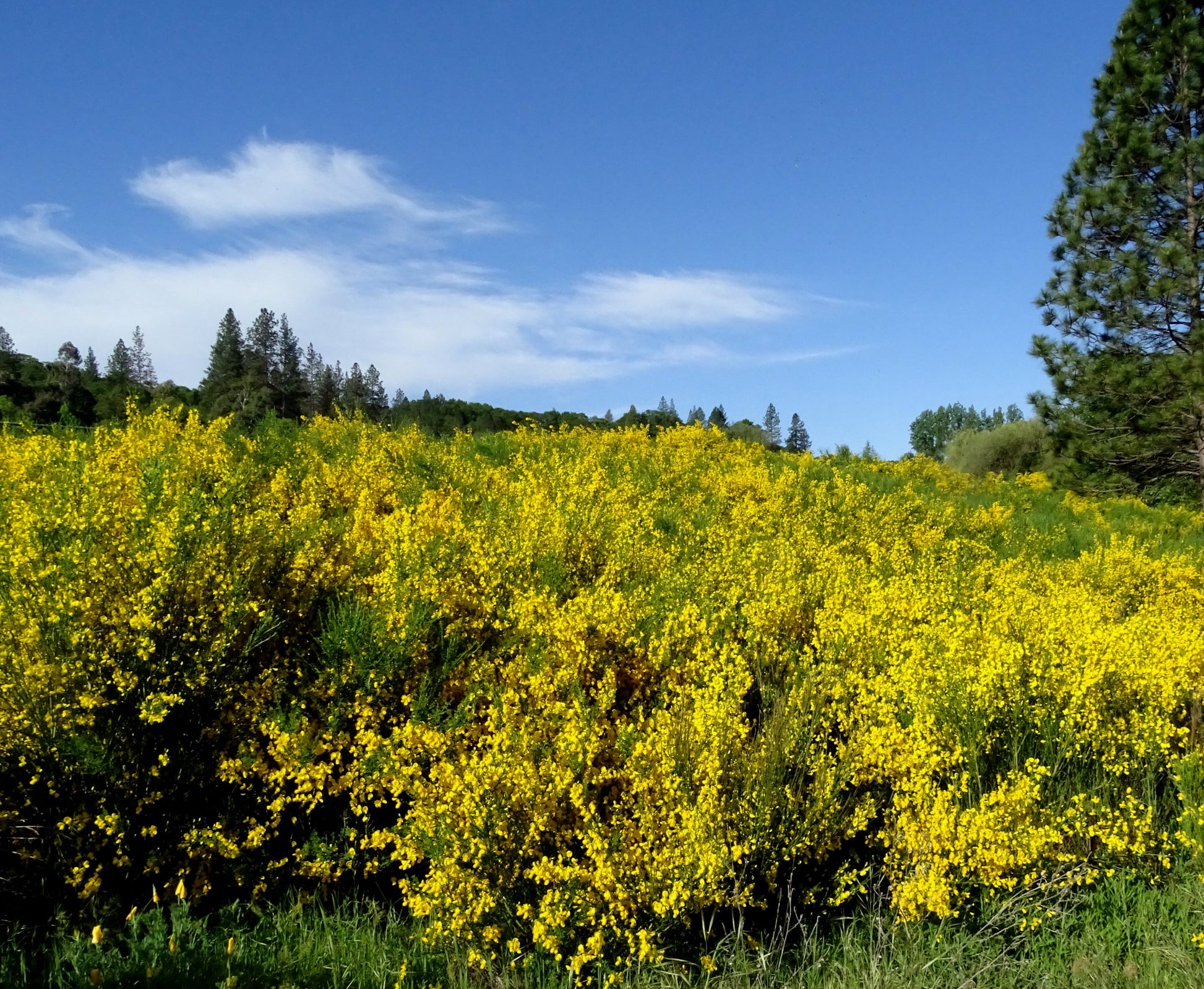Floridaseeds
Scotch Broom Cytisus scoparius 500 Seeds USA Company
Scotch Broom Cytisus scoparius 500 Seeds USA Company
Couldn't load pickup availability
Cytisus scoparius, commonly known as Scotch broom or common broom, is a flowering plant in the family Fabaceae. It is native to western and central Europe, but it has been introduced to many other parts of the world, including North America, Australia, and New Zealand, where it is often considered an invasive species.
Scotch broom is a deciduous shrub that typically grows to about 1 to 3 meters (3 to 10 feet) in height, although it can sometimes reach up to 5 meters (16 feet) tall. It has slender green stems with small, simple leaves that are typically arranged alternately along the stems. The bright yellow flowers are pea-like and bloom from late spring to early summer, often covering the plant in a profusion of color. Hardy in zones 5-8.
The Scotch Broom is not sold or shipped to Washington State.
Growing Instructions for the Scotch Broom
The seeds have a hard seed coat that has to be treated, or scarified, in order for water to enter the seeds so that they can sprout. 1. Scarify the seeds by nicking or sanding the seed coat. The seeds can be sanded with sandpaper, a nail file or an emery board. 2. Soak the seeds in water for 24 hours. 3. Put some soil in a pot. 4. Sow the seeds on the soil. 5. Cover the seeds with a thin layer of soil. 6. Water the soil so that it is moist but not wet. 7. When the seedlings are a few inches tall, they can be transplanted.
Materials
Materials
Shipping & Returns
Shipping & Returns
Dimensions
Dimensions
Care Instructions
Care Instructions
Share
